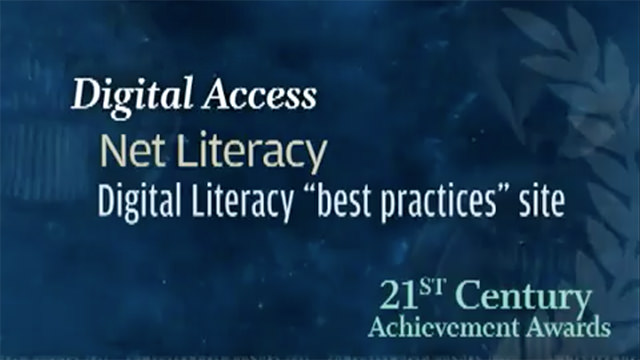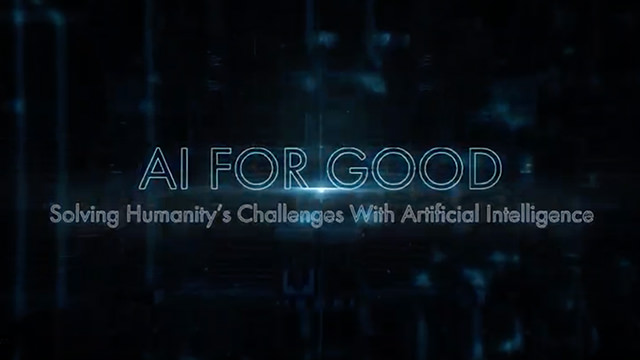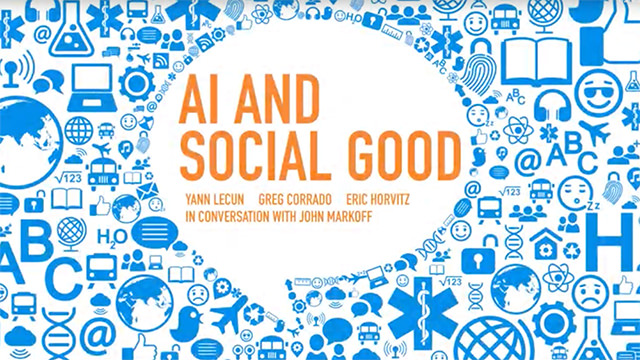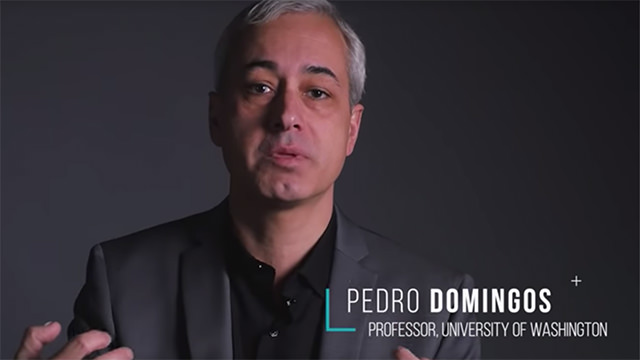What is Digital Inclusion?
Digital inclusion is the process by which individuals: (a) learn and then understand the value proposition offered by broadband and the Internet, (b) have access to computers or other hardware that meets their access requirements, (c) have access to affordable high speed broadband, (d) become computer and Internet literate, (e) become Internet safety savvy, and (f) become knowledgeable of the Internet-based applications that provide broadband context and impact user’s lives.

Each individual’s value proposition is different. Users access the Internet to communicate, obtain news and information, enjoy entertainment, to connect with others, complete homework or work assignments, among many other reasons. Value propositions can be as unique as an individual has his own wants, needs, dreams, and aspirations.
Digital inclusion is the affirmative and comprehensive way of reducing the digital divide. Net Literacy, as an example, empowers a Digital Literacy Corps of student volunteers to serve as the catalyst to increase digital inclusion. For best practices that increase digital inclusion and reduce the digital divide, visit the Digital Literacy “best practices” website by clicking on the logo on the top right of side of this page.

























